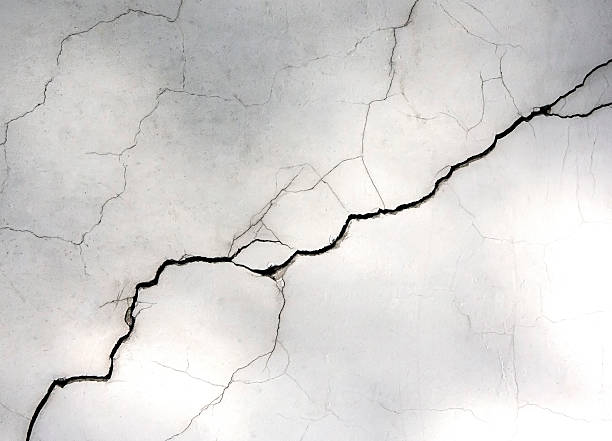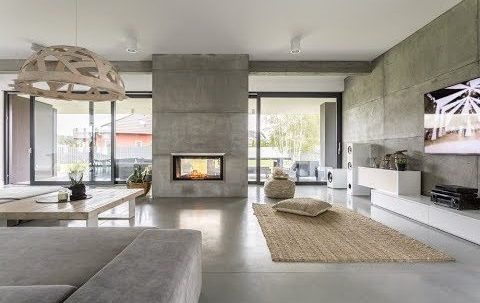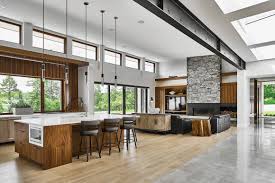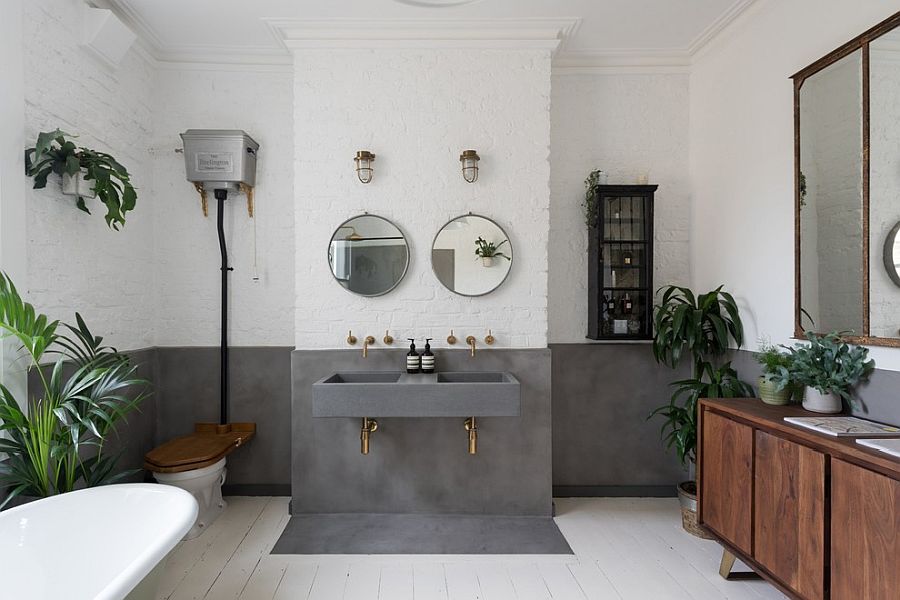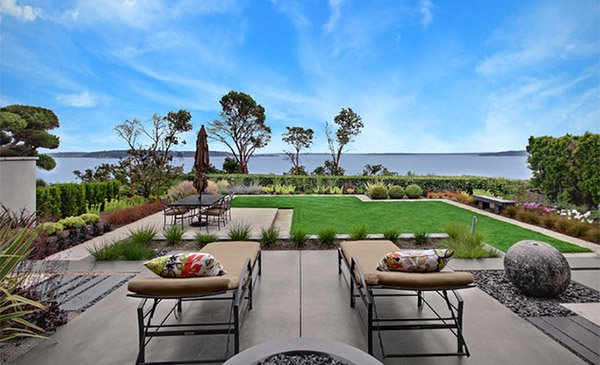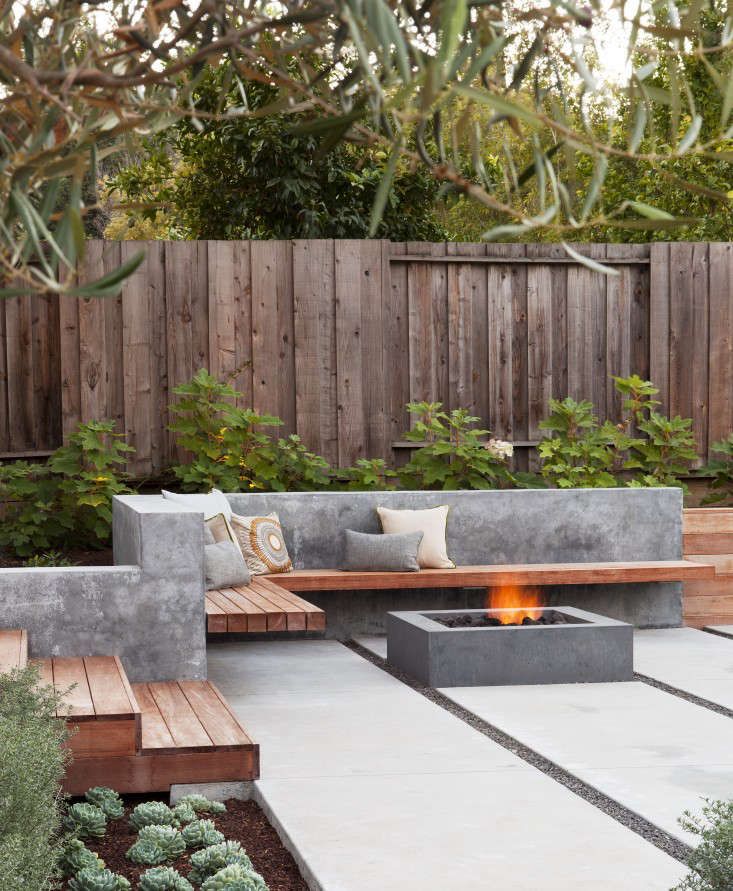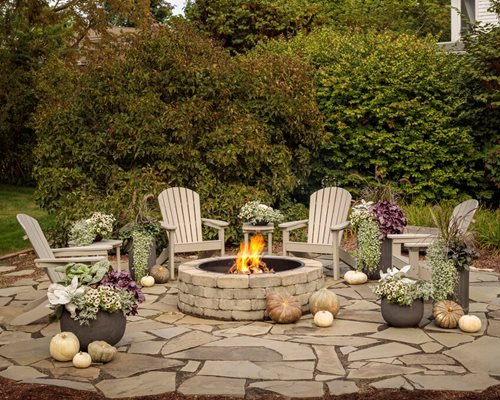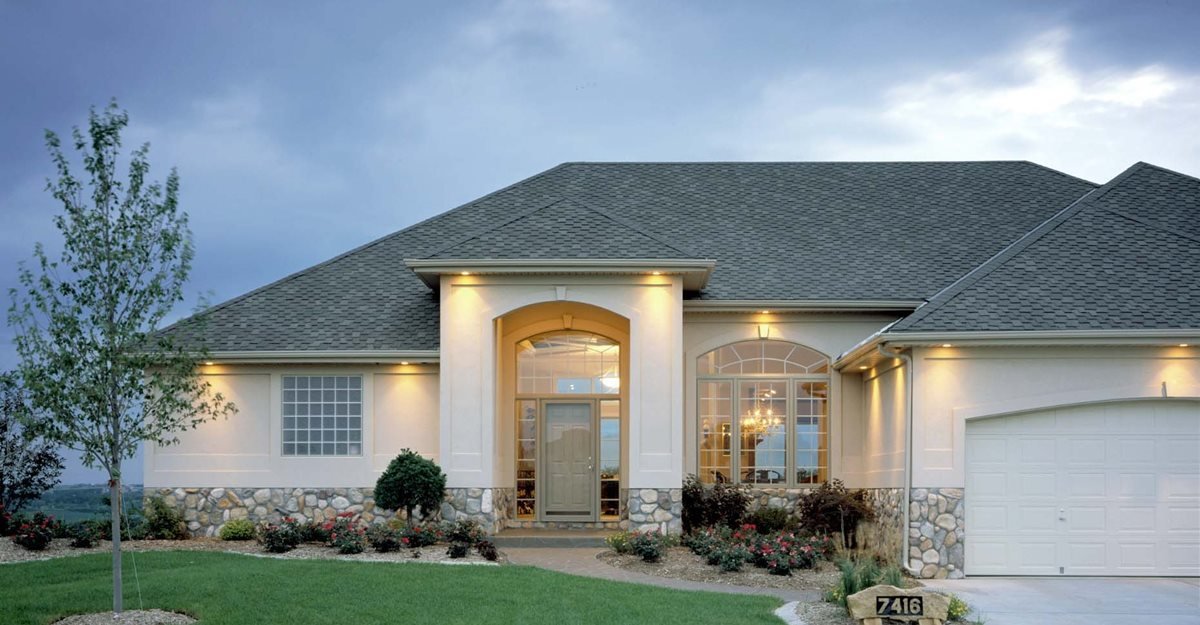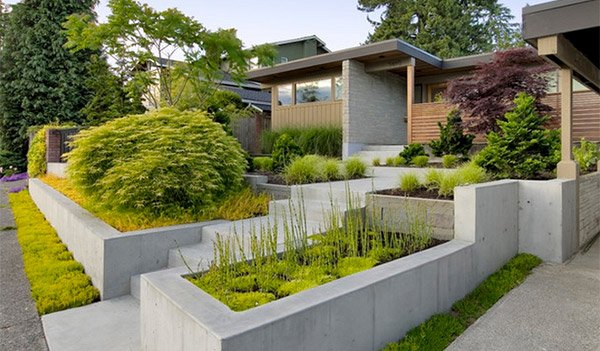We are frequently asked why concrete cracks occur.
You would be hard pressed to find a basement with out at least one crack despite how durable concrete is after curing.
Make no mistake, cracks do not appear by accident and when poured correctly, concrete will remain strong and crack free.
Top 5 causes of cracks
#1. TOO MUCH WATER WHEN MIXED
Despite having a low water requirement many contractors add more water than necessary during the mixing phase.
Concrete is easier to pour with a thinner consistency but the result is significantly weaker concrete that is prone to cracks after curing.
As it dries, it shrinks due to the water evaporating. If mixed correctly, the shrinking is minimal.
However, if it contains too much water, shrinking is greatly increased causing shrinkage cracks to occur.
#2. DRYING TOO FAST
In hot weather, concrete can dry too fast as the water evaporated too quickly.
Concrete should not be allowed to get hotter than 90 Degrees Fahrenheit when curing.
Widely used methods of keeping concrete cool during summer months, such as using cold water to mix or working after the sun has gone down, allow the concrete to remain at a lower temperature.
High heat also reduces the working time of wet concrete which can cause the material to set before you have finished levelling it.
#3. CONTROL JOINTS
To control random cracking in large slabs, contractors often rely on control joints.
These joints are typically added after 24HRS after pouring and allow you to direct where concrete will potentially crack.
By pre-determining potential crack locations, we minimize random cracking and ensure cracks occur in areas that are easy to patch.
There are different types of control joints available in a range of different materials.
It is vital that they are placed correctly. A 4 inch slab will generally have control joints placed between 8 - 12 feet apart.
#4. BASE PREPARATION
Base prep is everything!
A properly prepped base will be level and firm reducing the risk of cracking.
Most concrete will sit 1-2 inches above the ground and 2-3 inches below the surface.
A soft base is an absolute no no therefore additional depth is added if the soil is exceptionally moist or contains a high concentration of clay.
The additional depth accommodates gravel which ensures your concrete has an adequate base.
Soil is tamped, packed down, using a hand tamper or mechanical tamper.
When ready, your footprints will barely be visible after walking on it.
#5. ADDING REINFORCEMENT
Depending on the size of your slab, thickness of your pour, sub-base and weight capacity, your job may require additional reinforcement.
Rebar and wire mesh, just to name a few, are often used to provide additional support.
This additional reinforcement holds concrete together to prevent cracking.
It also provides significant support under heavy loads such as driveways that have cars driven on them.
This support will not only reduce the risks of cracking but will also keep your slab looking newer for longer.
Every job is different and regardless of the size, a experienced contractor with extensive knowledge of concrete will protect you from the unsightly cracks that no homeowner wants to see.
If your concrete is cracking or you require a new slab that will remain crack-free for years to come, contact us today for your FREE QUOTE!

